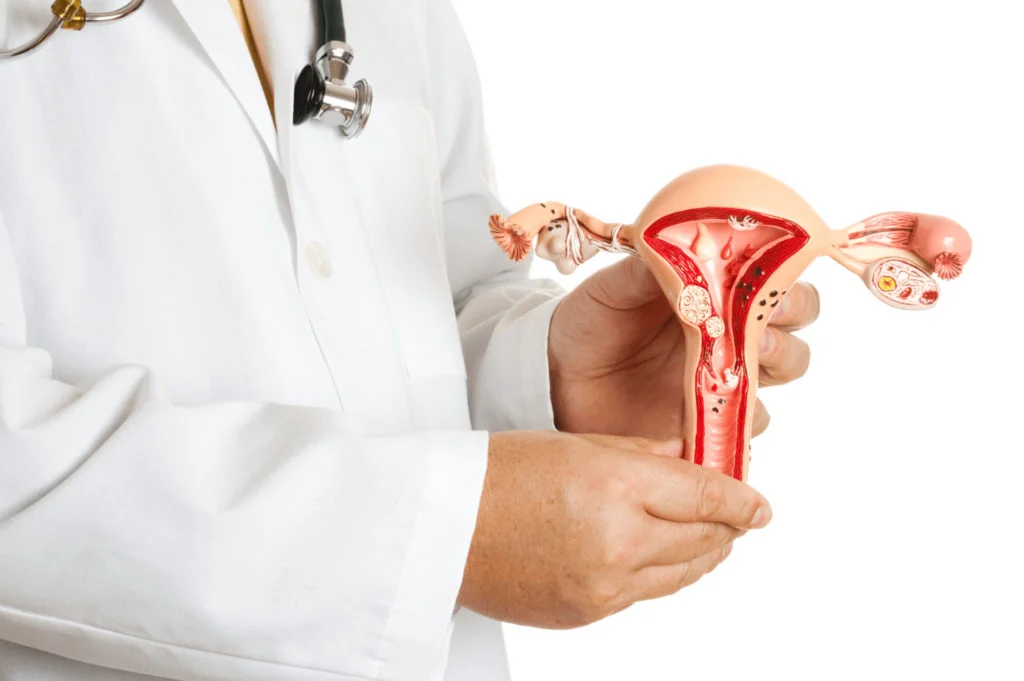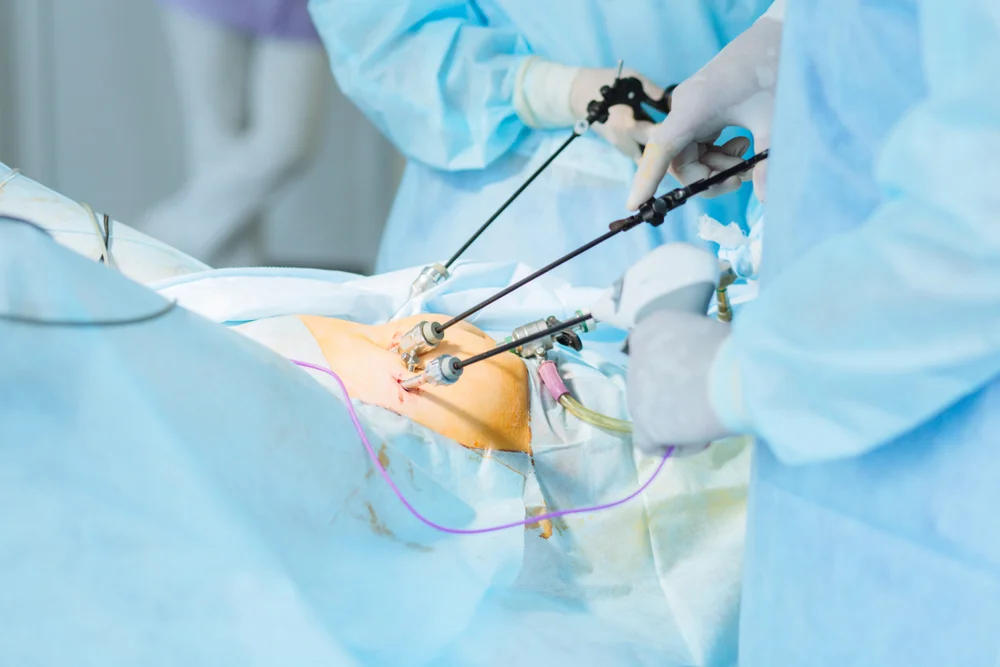Total Abdominal Hysterectomy in Abu Dhabi
Elyzee Hospital is one of the best medical centers in Abu Dhabi specializing in Total Abdominal Hysterectomy.

Total Abdominal Hysterectomy in Abu Dhabi
A Total Abdominal Hysterectomy (TAH) is a procedure in which the uterus is removed by making an incision in the abdomen. This surgery is often performed to address conditions such as fibroids, endometriosis, pelvic organ prolapse and certain types of cancers. In this guide we will explore the world of Total Abdominal Hysterectomy. We will discuss its benefits, identify candidates for the procedure, explain the consultation and preparation process, provide details about what happens during the surgery itself, talk about recovery after the operation, outline the outcomes, offer a comprehensive perspective on it all and answer frequently asked questions regarding this important surgical intervention.
The benefits of this procedure
Total Abdominal Hysterectomy offers advantages for women facing problems. It can effectively ease symptoms such as bleeding, pelvic discomfort and pressure arising from uterine fibroids or endometriosis. In cases of cancers TAH plays a vital role in the treatment process. Furthermore this procedure provides a birth control solution making it a viable choice, for women who have decided not to have children.

The best candidate for this procedure
Women who are candidates for Total Abdominal Hysterectomy are those who have conditions that don’t improve with conservative treatments and greatly impact their quality of life. These conditions may encompass fibroids, endometriosis, adenomyosis, pelvic organ prolapse and specific gynecological cancers. It is crucial to consult with a gynecologist or surgeon to establish the treatment plan considering individual circumstances and health factors.
Consultation with a Doctor and Preparation for the Procedure
Prior to undergoing a Total Abdominal Hysterectomy patients have a discussion with their healthcare provider. This consultation involves the evaluation of the patient’s history, gynecological condition and overall health by the provider. To prepare for the procedure topics, like the approach, possible risks and pre operative instructions are discussed. These instructions may include fasting before surgery and discontinuing medications.
What's Happening During the Procedure
A Total Abdominal Hysterectomy is typically performed while the patient is under anesthesia. The surgeon creates an incision in the wall, which can be either horizontal (known as a bikini line incision) or vertical based on the patient’s circumstances. With care the uterus is separated from the surrounding tissues and blood vessels are tied off. Then the uterus is carefully removed. In cases the surgeon may also decide to remove the ovaries and fallopian tubes (a procedure called salpingo oophorectomy). The incision in the abdomen is closed using sutures or staples and throughout this process close monitoring of the patient’s condition takes place as they gradually wake up from anesthesia.
After the Procedure and Recovery
After undergoing a Total Abdominal Hysterectomy patients may feel some pain and discomfort where the incision was made. This can be managed by taking pain medication. It’s common for patients to stay in the hospital for a few days to ensure proper recovery is monitored. It’s important for patients to gradually start engaging in activity again. They should avoid heavy lifting and strenuous activities for a few weeks. It may take weeks to a month, for full recovery so it’s crucial that patients carefully follow the post operative care instructions provided.
Final Result
The end outcome of a Total Abdominal Hysterectomy is that the gynecological issue is resolved and the related symptoms are relieved. Women can anticipate relief from issues such as bleeding, pelvic pain and discomfort. In situations involving cancer this procedure may be a part of the treatment plan. For women who desire contraception TAH offers a solution.
Conclusion
Total Abdominal Hysterectomy is a procedure that can greatly enhance the well being of women who experience different gynecological issues. It provides relief from symptoms. Plays a role in treating specific types of gynecological cancers. As with any procedure it is crucial to schedule a consultation with a healthcare expert. This consultation aims to assess the strategy and offer a chance to extensively discuss the drawbacks and advantages associated with it.

FAQ
Indeed there are options for treatment including the use of minimally invasive procedures, like laparoscopic myomectomy and uterine artery embolization. It is important to consult with a healthcare professional before making any decisions about which treatment to pursue.
If the procedure also involves removing the ovaries (salpingo oophorectomy) it can trigger menopause. However if the ovaries are left intact immediate menopause may not occur, although hormonal shifts can still happen gradually.
There are some risks and complications that could occur like the chance of getting an infection, experiencing bleeding, damage to organs and the development of adhesions. These potential concerns will be thoroughly addressed in the operative consultation and every effort will be made during surgery to minimize these risks.
Make An Appointment

